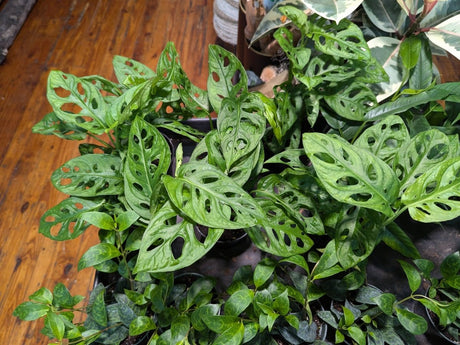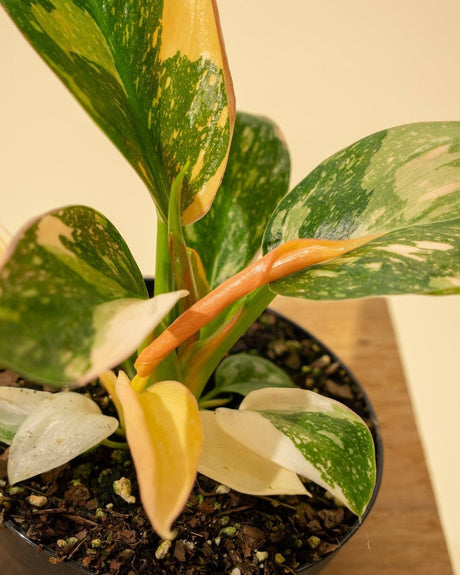How to Water Houseplants: The Best Techniques for Thriving Plants
Watering your houseplants correctly is one of the most important skills for any plant owner. While there’s no universal schedule for watering, learning to read your plant's signals can help you provide exactly what it needs. This guide will teach you how to water houseplants, identify signs of overwatering or underwatering, and ensure your plants stay happy and healthy.
What Does It Mean to Water Your Plant Properly?
Proper watering isn’t about how much water you use but how often you do it. Always ensure you:
- Cover all the soil surface evenly.
- Water until you see excess draining from the bottom of the pot.
This approach helps hydrate the roots deeply and avoids uneven watering.
The Importance of Drainage
Using pots with drainage holes is crucial for maintaining healthy roots. Pots without drainage increase the risk of overwatering and root rot. If your planter doesn’t have drainage holes, use it as a decorative cover and keep the plant in a separate pot with proper drainage.

Tips for Soil Aeration
Aerated soil promotes proper drainage. If water pools on the surface or drains too slowly, use a skewer or stake to gently poke the soil and improve airflow. For the best results, choose airy, well-draining soil.
What About Water Quality?
Tap water can harm your plants over time due to chlorine, salts, and heavy metals. At Ed’s Plant Shop, we use filtered water for all our plants. Sensitive plants like Calathea or Nepenthes may require distilled or rainwater for optimal health.
How to Recognize Thirsty Plants
Your plants will show clear signs when they need water:
- Yellow or brown leaves at the base.
- Droopy or wilting foliage.
- Soil pulling away from the edge of the pot.
- A pot that feels unusually light.
How to Spot Overwatered Plants
Too much water can be just as damaging as too little. Watch for these warning signs:
- Soggy soil days after watering.
- Mushy, soft leaves at the base.
- A persistent wilting appearance.
- Root rot (dark, mushy roots with an unpleasant smell).

Final Thoughts on Watering Houseplants
Caring for houseplants is a learning process. Observe your plants regularly, and don’t stress if a few leaves—or even a plant—don’t make it. Each plant has unique needs, and with time, you’ll develop an intuitive understanding of how to water houseplants the right way.
Looking for more tips? Check out our Plant Care Guides or explore our best-selling plants to grow your collection!
Shop Supplies for Plant Care
Explore pots, soil, and tools in our Plant Care Essentials Collection to make watering a breeze!
















